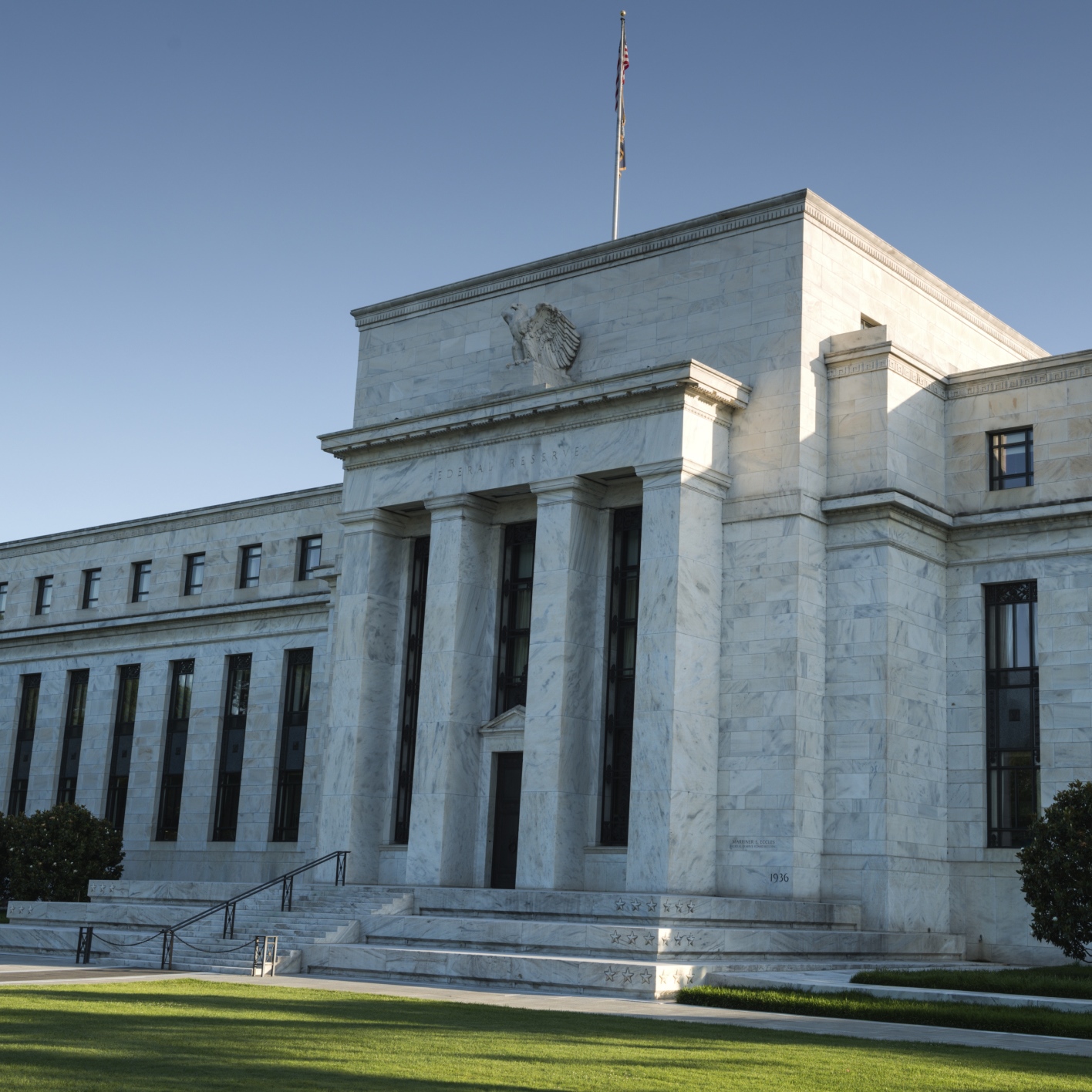Economy
What Yet Another No-Vote for a Fed Rate Hike Looks Like

Published:
Last Updated:

Janet Yellen and the Federal Reserve have voted to keep interest rates flat. This was exactly what the market was expecting, but the overall Federal Open Market Committee (FOMC) tone remained a bit more dovish than expected.
Despite a softening of economic data since the FOMC met in March, the Fed noted that labor market conditions have improved further. Slowing trends were noted as household spending having moderated, business fixed investment and net exports have been soft.
Inflation remains well under the FOMC’s 2% longer-run objective, partly due to earlier declines in energy prices and falling prices of non-energy imports.
The FOMC votes had only one vote calling for a rate hike, keeping the Fed Funds in a target range of 0.25% to 0.50%. This was from Esther George, who preferred at this meeting to raise the target range for the Federal Funds rate to a range of 0.50% to 0.75%. One note included that the Fed’s survey-based measures of longer-term inflation expectations are little changed in recent months.
Wednesday’s view is that accommodative policies will keep economic activity expanding at a moderate pace. It also noted that labor market indicators will continue to strengthen and that inflationary pressure is expected to remain low in the near term. Still, the Fed sees inflation rising back up to 2% over the medium term as the transitory effects of declines in energy and import prices dissipate and the labor market strengthens further.
On top of the FOMC saying it would continue to closely monitor inflation indicators, Wednesday’s statement still refers to a third mandate by noting that it will still closely monitor global economic and financial developments.
The stance of monetary policy remains accommodative, thereby supporting further improvement in labor market conditions and a return to 2% inflation.
Additional commentary from the Fed’s statement was covering future target rate changes, which issues it will watch, how it will treat the balance sheet, and more. Those notes said:
In determining the timing and size of future adjustments to the target range for the federal funds rate, the Committee will assess realized and expected economic conditions relative to its objectives of maximum employment and 2 percent inflation. This assessment will take into account a wide range of information, including measures of labor market conditions, indicators of inflation pressures and inflation expectations, and readings on financial and international developments. In light of the current shortfall of inflation from 2 percent, the Committee will carefully monitor actual and expected progress toward its inflation goal. The Committee expects that economic conditions will evolve in a manner that will warrant only gradual increases in the federal funds rate; the federal funds rate is likely to remain, for some time, below levels that are expected to prevail in the longer run. However, the actual path of the federal funds rate will depend on the economic outlook as informed by incoming data.
The Committee is maintaining its existing policy of reinvesting principal payments from its holdings of agency debt and agency mortgage-backed securities in agency mortgage-backed securities and of rolling over maturing Treasury securities at auction, and it anticipates doing so until normalization of the level of the federal funds rate is well under way. This policy, by keeping the Committee’s holdings of longer-term securities at sizable levels, should help maintain accommodative financial conditions.
To show how much dovishness this was pointed toward, the Dow Jones Industrial Average was up 36 points or so after about 45 minutes since the decision and statement were released.
Standard & Poor’s had a couple stark reminders for investors. The aggregate S&P 500 earnings for the first quarter are estimated at $26.28 (EPS), representing a decline of 7.8% from a year ago and marking the third quarterly decline in a row – such a steep decline in growth hasn’t been recorded since Q2 2009. Revenue growth is also expected to decline for the fifth quarter in a row, with analysts projecting growth of -1.2%.
Finding a qualified financial advisor doesn’t have to be hard. SmartAsset’s free tool matches you with up to 3 fiduciary financial advisors in your area in 5 minutes. Each advisor has been vetted by SmartAsset and is held to a fiduciary standard to act in your best interests. If you’re ready to be matched with local advisors that can help you achieve your financial goals, get started now.
Thank you for reading! Have some feedback for us?
Contact the 24/7 Wall St. editorial team.